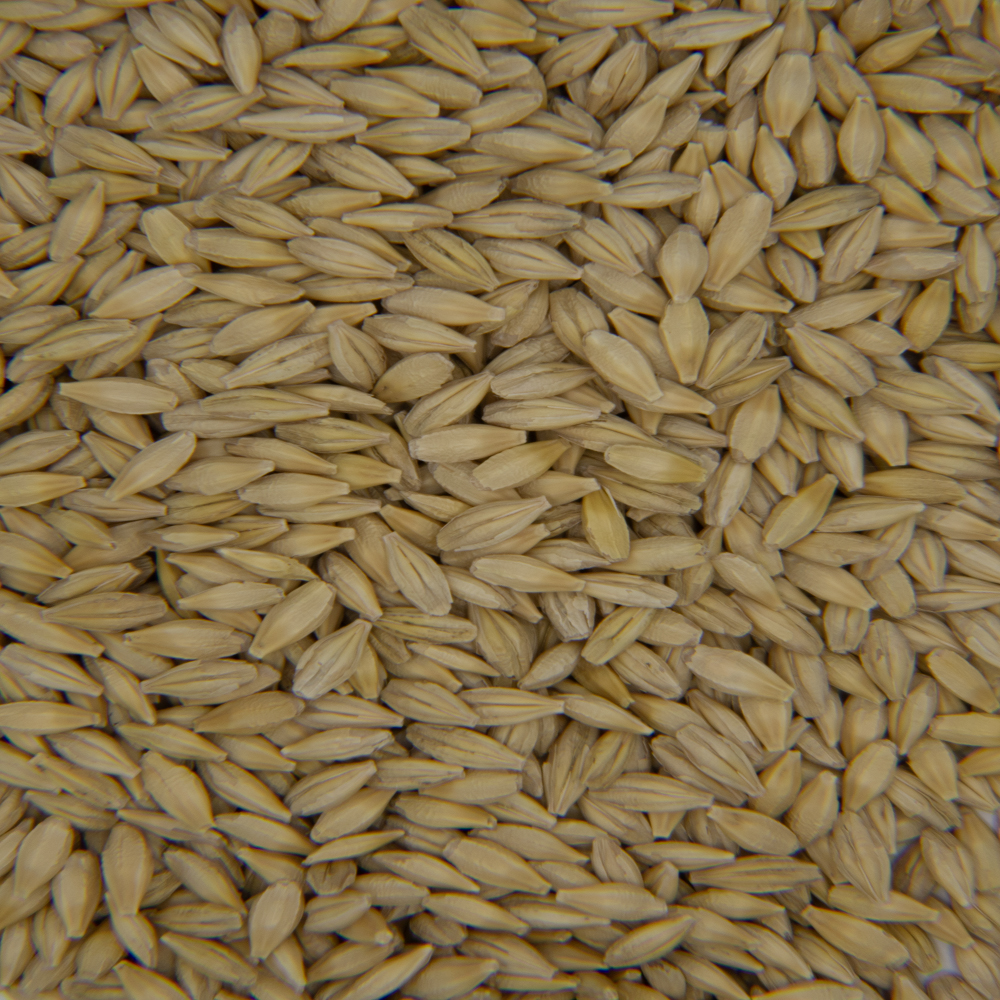
Barley and Feather Quality During Molting A Complete Guide for Racing Pigeon Fanciers
Molting is one of the most critical phases in a racing pigeon’s life cycle. It’s the time when old feathers are shed and replaced by new ones—feathers that will determine the bird’s aerodynamic capabilities, insulation, and overall health for the coming season. While genetics and health play a role in feather quality, diet is often the unsung hero during this stage. One of the most beneficial grains to support optimal molting is barley.
In this guide, we’ll dive into how barley and other nutritional components influence feather quality, digestion, and overall well-being during molting. We’ll also discuss how B-complex vitamins and minerals work in synergy to give your birds the edge they need for a flawless molt.
Why Molting Is a Critical Period for Racing Pigeons
Molting is a natural process that occurs once a year, usually after the racing season. It’s the body’s way of refreshing a pigeon’s plumage, which is vital for optimal flight performance, temperature regulation, and protection against external elements.
However, molting is also physically demanding. Feathers are made primarily of protein, and the body must prioritize regrowth while maintaining immune health, muscle tone, and organ function. This means that any nutrient deficiency—especially in protein, fiber, and vitamins—can lead to poor feather development.
The Role of Barley in Feather Regrowth and Gut Health
Barley is a fiber-rich grain that serves multiple purposes during the molt. Unlike corn or wheat, barley offers slow-release energy, keeping your birds nourished without causing excessive weight gain. Here’s how barley supports your pigeons:
1. Improved Digestion
Barley contains soluble fiber that supports healthy gut bacteria. A well-functioning digestive system ensures better absorption of nutrients, especially the proteins and minerals required for feather synthesis.
2. Supports Smoother Molt
Barley’s balanced nutrient profile supports steady energy levels and minimizes stress. Molting can cause fatigue and stress, and barley helps maintain metabolic stability during this taxing period.
3. Essential for Feather Strength
Feathers need amino acids (especially cysteine and methionine), which are absorbed more efficiently when gut health is optimal. Barley aids in this process, ensuring better feather texture and resilience.
How to Incorporate Barley Into the Molting Diet
- Include barley in the molting mix at 10–15% of the total grain volume.
- Pair barley with high-protein grains like peas, vetch, and safflower to meet amino acid requirements.
- Avoid overfeeding barley as it can cause birds to become sluggish if not balanced with energy-rich grains.
Importance of B-Complex Vitamins During Molting
B-complex vitamins are essential co-factors in many biological processes, including protein synthesis, cell regeneration, and energy metabolism. During molt, pigeons have increased demands for:
– Vitamin B2 (Riboflavin):
Vital for skin and feather health.
– Vitamin B7 (Biotin):
Essential for keratin production, which directly impacts feather strength and gloss.
– Vitamin B12:
Important for red blood cell formation and energy conversion.
Supplementation Tips:
- Use a high-quality B-complex supplement formulated specifically for pigeons.
- Add B-complex to the drinking water or grain mix 2–3 times per week during the molting period.
Minerals for Feather Quality and Structural Integrity
Minerals work synergistically with vitamins and proteins to complete the picture of feather development. The most important ones include:
– Zinc:
Aids in the production of keratin and is crucial for feather regrowth.
– Copper:
Supports pigment formation and enzyme activity in feather development.
– Sulfur:
A building block of amino acids like cysteine, which are essential for strong, flexible feathers.
– Calcium and Phosphorus:
Help in skeletal support, ensuring your pigeon maintains proper posture and activity during the molt.
Signs of Poor Feather Quality During Molting
Recognizing early signs of nutritional deficiency can help you take corrective action. Watch out for:
- Feathers with splits, fraying, or dull color
- Incomplete feather coverage
- Irritability or excessive preening
- Prolonged molting period
These signs indicate an imbalance in the diet or stress factors that need addressing immediately.
Tips to Manage Molting Stress
- Reduce handling: Avoid excessive interaction that may trigger stress.
- Provide a calm environment: Maintain a consistent light-dark cycle and minimize loft disturbances.
- Keep loft hygiene high: Clean droppings daily to prevent disease during the vulnerable molting stage.
- Offer regular baths: Dust and feather debris can cause skin irritation. Use a bath salt mix once or twice a week.
A Sample Molting Diet With Barley
Here’s a sample weekly mix:
- 15% Barley
- 25% Peas
- 20% Wheat
- 10% Safflower
- 10% Vetch
- 10% Red Millet
- 10% Corn (for energy)
Add a multivitamin and mineral mix 2–3 times weekly, and incorporate B-complex vitamins separately on non-mineral days.
Final Thoughts
Molting is a make-or-break period for racing pigeons. While you can’t change the natural timing of the molt, you can significantly influence its success through nutrition. Barley offers unique digestive and metabolic benefits that, when combined with B-complex vitamins and essential minerals, promote smoother feather regrowth, reduced stress, and better overall health.
Start preparing your loft’s molting mix with a mindful inclusion of barley and necessary supplements to support your birds during this transformative stage. A healthy molt sets the foundation for peak race performance in the upcoming season—don’t leave it to chance!
“Until Next time Keep Them Healthy And Flying”


